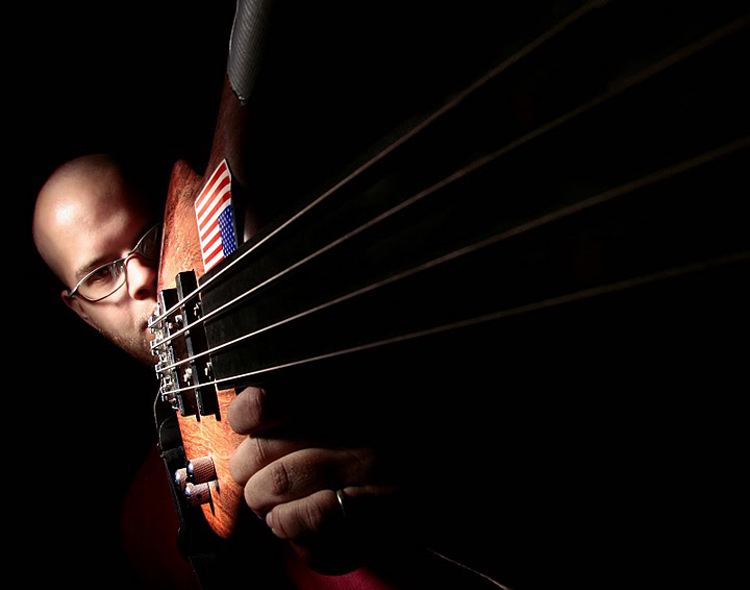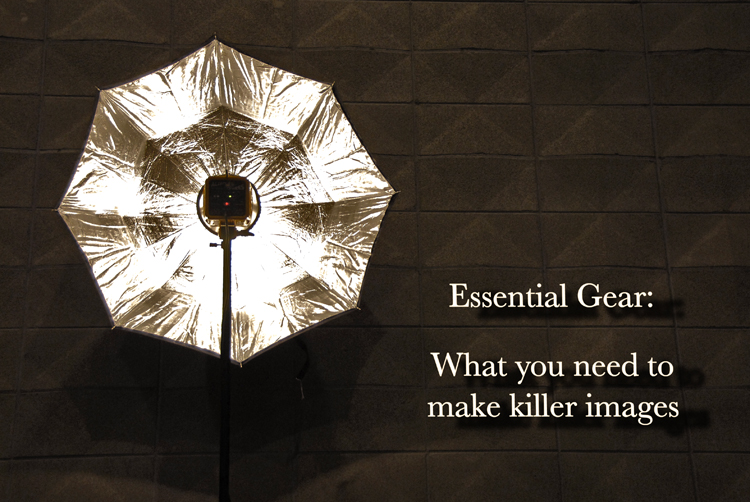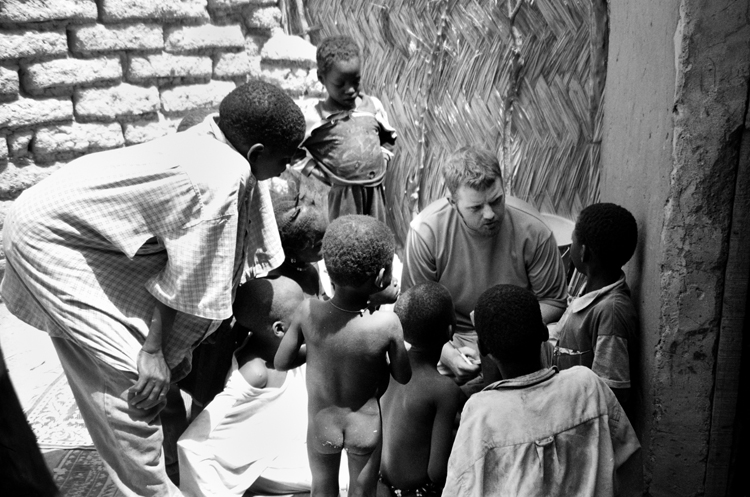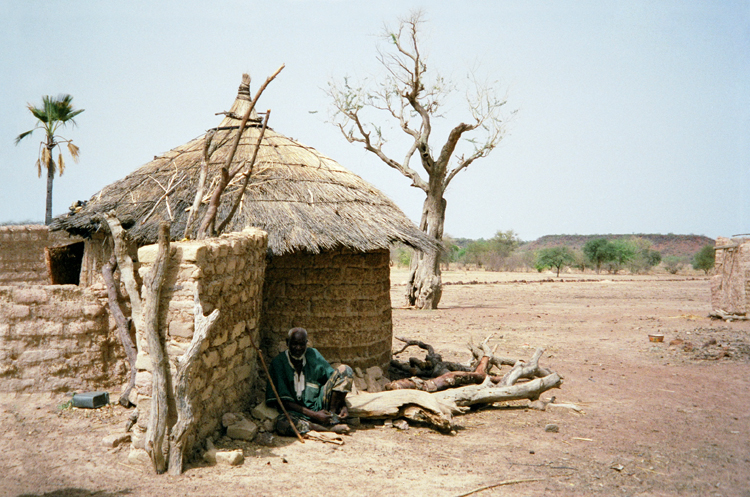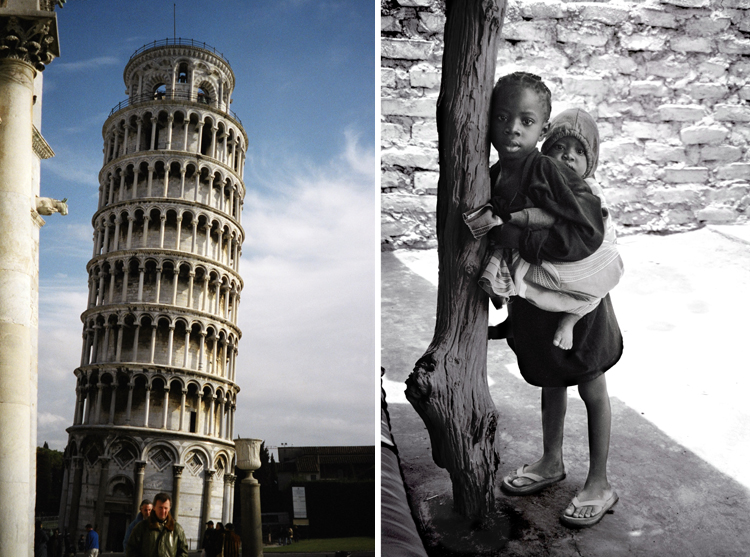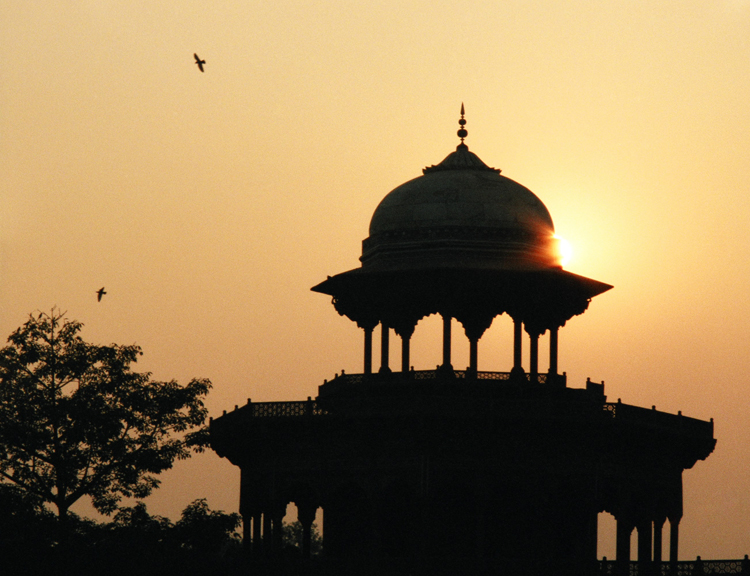Secondly, until I am able to record these critiques as a nifty little screen-grab video where you hear my stunningly handsome voice, and see my ever so smooth mouse movements, you’ll have suffer through reading them. Think of it as vintage internetting. You know, the days of dial-up.
Lastly, what I have to say in these critiques are in no way intended to offend the photographer. I do not take these critiques lightly. And I will never make fun of or belittle another photographer who is seeking to improve. I ask anyone offering further comments to do the same. My aim is to help you see the areas that need improving. My hope is that you, and everyone reading this, can use what I and others have to say, to become better. I appreciate all the images that have been sent in. Some are awesome and I’ll have a hard time finding flaws. Others have been sent in with obvious problems, and intended to be used for the benefit of the community. And some were given, honestly asking for help.
Now, on to photo critique numero uno. . .
First image up to bat comes to us from Jasmine. The image, seen above, is of a girl with blue makeup in the woods. The exposure is accurate and the image is sharp. The composition though, needs a little help. The girl seems to be sliding down an oddly placed slab of concrete. (Is she on an overgrown sidewalk?) If you notice her feet, they look like they’re keeping her from sliding. I’m sure its not that steep of an incline, but due to the high camera angle it makes me feel uneasy, like she’s about to slide out of the picture. Maybe moving the camera down a bit would alleviate this uneasiness.
The model’s pose isn’t all that bad, but not that great either. It has that fashion/editorial feel, but she seems a little lifeless, a little stoic. Maybe this is what you were going for, but look at the eyes. The eyes are the most telling thing in any portrait. You may have been going for that “I’m an emo girl and don’t care about life” look. But her eyes have that “I’m not into this photo” look. You have to get the subjects eyes to sell the entire image. Is this hard to do?? You better believe it is! Master the eyes in a portrait, and you’ll be miles ahead in the game. One thing you could have tried would be to have her lower her chin and look down with her eyes, so all that is seen is her eyelids. This may have added to the stoic look without her staring at the camera with that “I'm not into this photo” look. It would also have highlighted the stark blue eye makeup. If you want her looking at the camera, she needs more intensity in her eyes. You may have to direct this. If you’re not getting the expression you want, here’s a little tip. Take a shot of the poor expression. Then, go show it to your subject. Let them know what they are giving you, then explain to them what you want. Once they see what’s not working its easier for them to change it (kinda like the point of these critiques). Try it, you’ll be amazed at how well it works! Again, the overall pose isn’t too bad, but the eyes need work.
A few more things to be mentioned. On the left of the frame there’s some sort of plastic Wal-Mart bag. This should be removed before taking the shot. Or you can add time to your post production and remove it in PS =). Maybe its supposed to be a trashy environment. But since it’s the only one and its mostly out of the frame, it makes me think it’s a mistake. And since I’m not sure, and I’ve spent so much time focusing on it instead of the subject, something should be done about it. Either take it out, or add a bunch of trash to add to the environment. But as is, its distracting. There’s also a shadow over there that doesn’t need to be there. If you can’t move whatever’s making it, and you can’t move your entire shot, then remove it in PS.
The last thing I want to point out is the lighting. I think its available sunlight - but it could be from a Sunpak 120j =). Either way, its very broad, semi-butterfly lighting. This type of lighting isn’t bad. For many things its ideal. But for this image it isn’t edgy enough. The model’s outfit screams “I only hang out late at night, don’t listen to my parents and I just don’t give a flying f-stop!” But the lighting is saying “I’m a member of the glee club hanging out on a nice summer afternoon.” The lighting doesn’t match the subject. The great Joe McNally says “Light speaks, just like language. You can make someone look like an angel, or the devil.” You have to make your light speak the language of your subject. For this shot, if it’s the sun, you could have moved around to the right. If you were using a flash of some sort, you could have simply moved it around to the side of your subject. In either case, the light would be coming from the side of your model, creating more shadows. And, judging by the ratio, the shadows would be nice and dark. The shot would then be more dramatic, more edgy – it would speak the language of your subject.
Overall, the image has potential. The girl’s makeup and clothing are great. With a little more thought it could be a very interesting image. If you’re like me, getting in a hurry can be your Achilles’ heel. If I’m in a hurry, I don’t think it through. If I don’t think it through, the image suffers. Right now, the biggest investment into my photography is learning to slow down. I think it is the single greatest hurdle to me getting to the next level. So, slow down, think it through, and create what you envision.
So there you go. The first official image critique. I can see already they will be a great exercise for me. I can only hope you will also find them worthwhile.
So, what’d I miss? Let us know in the comments. Don’t agree with me on something? By all means, set me strait. Those of you not photographers, you have a unique perspective that has value. Please share it. But no matter what it is. please contribute to the craft and take the time to share a comment below.
A big thank you to Jasmine for sharing your image!! Feel free to chime in and let us know your thoughts. (also, sorry if there are any typos in this post. I, simply don't have the time today to proof it)
Now, go out and shoot something!
